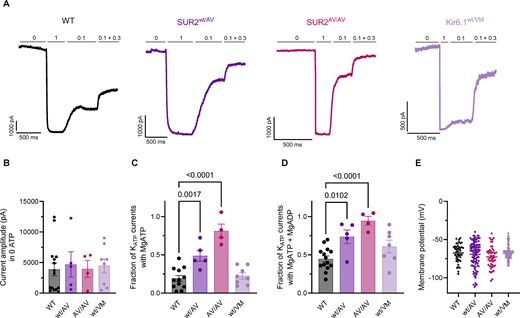Colin Nichols Lab
@colinnicholslab.bsky.social
290 followers
620 following
38 posts
Posting from Colin Nichols' electrophysiology lab at WashU. Focused on ion channels biophysics & role in physiology and pathology.
Posts
Media
Videos
Starter Packs
Reposted by Colin Nichols Lab
cryoEM papers
@cryoempapers.bsky.social
· Mar 13











